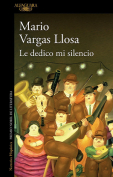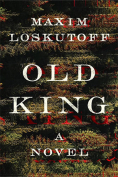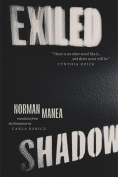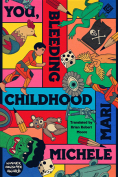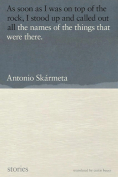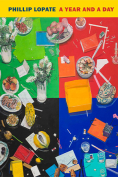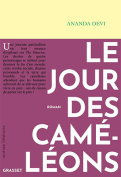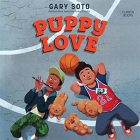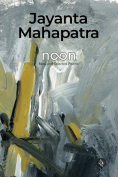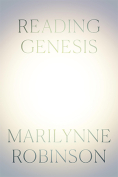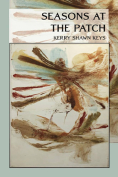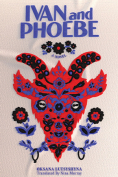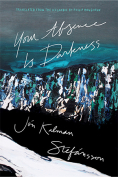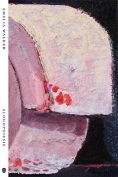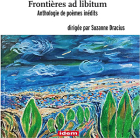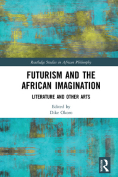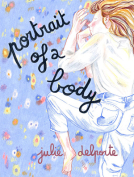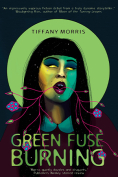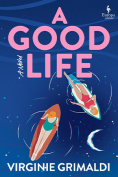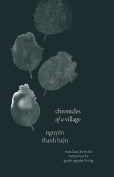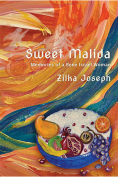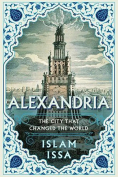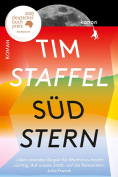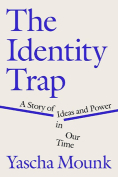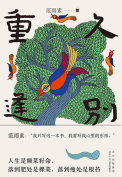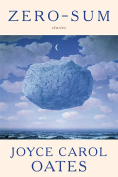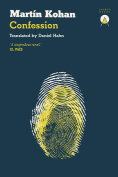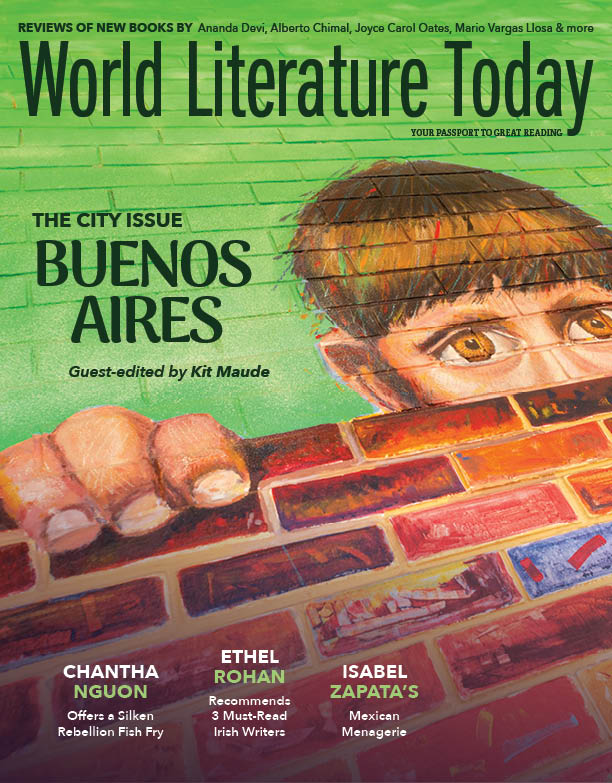Futurism and the African Imagination
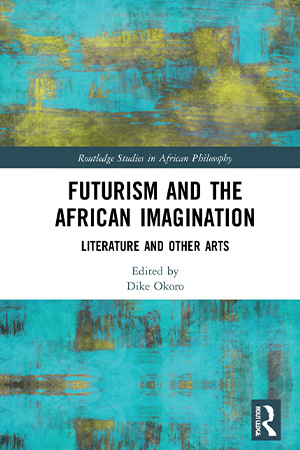 New York. Routledge. 2023. 262 pages.
New York. Routledge. 2023. 262 pages.
Futurism and the African Imagination is a must-read and a welcome addition to books of recent scholarship on African literature and other arts that clarify evolving fields of interest and new areas of interdisciplinary studies in world literature. With an exploration of such themes as technology and the future, among other relevant topics pertinent to African studies, Okoro’s book unites African studies and decades-long scholarship in exciting essays that should remain significant in the twenty-first century. The book is the adept compilation of a scholar who is slowly working his way into the discourse of serious discussions on African literature as an important name. Reynaldo Anderson, one of the leading scholars of Afrofuturism, states that Okoro’s work “is a part of a contemporary wave of scholarship on the emerging field of Afrofuturism studies [and] one of a few people in the world who is an accomplished scholar in Afrofuturist studies that focuses on African futurism.”
Okoro’s book navigates past and present African history, politics, art, identity, and culture with glowing remarks and critical attention given to the literatures and art of the continent from different regions. In the introduction, the editor lays the theoretical groundwork with his vision for “African futurism” or Afrofuturism. His candid imbrication of theories undergirds the rest of the book. From provocative essays such as Lupenga Mphande’s reflections on Mazisi Kunene and the New African Movement in South Africa to Raimi Gbadamosi’s insight on Afrobeat music in Nigeria and the African diaspora—in addition to chapters by Okoro, Joseph Ushie, Dipo Kalejaiye, and Utitofon Inyang—it is easy to appreciate the regional and global appeal a book such as this is bound to have.
In the selection of scholars and artists interviewed, Okoro has created a space that celebrates Africans at home and Africans in the diaspora. The inspiring and informative interviews explore transatlantic experiences, as we see in Ntongela Masilela’s conversation with Okoro that compares Mazisi Kunene’s visionary commitment to artists/writers of African-descended roots such as Aimé Césaire, Amiri Baraka, and Kamau Brathwaite, among others. The fact that the interviews also deploy cosmopolitan experiences lends the local and global appeal that students, faculty, and scholars of African studies and Black studies should find engaging as they gauge the African presence in Western education for evolving themes and perspectives on visions of African intellectual and literary engagements with the world.
Furthermore, I find fascinating the coverage given to Bruce Onobrakpeya and Demas Nwoko, two great Nigerian artists whose works continue to draw attention. The issues reflected in their sections portray Africa, in art and aesthetic inquiry, as having a long-lasting impact on world art and architecture despite past distorting impressions by European scholars and critics. Okoro’s conversations with Tanure Ojaide and Joseph Ushie depict views offering a deeper understanding of the artists’ formative years, oral influences indebted to African traditions, and the effortless commitment to merge orality with modernity in the twenty-first century. Dike Okoro’s vision of African literatures and art, as part of “world literature” and in relation to the new field of Afrofuturism, will remain relevant for decades and attractive to scholars and students interested in new approaches to studying the African imagination explored in the context of literature and other arts.
Benjamin Kwakye
Detroit
